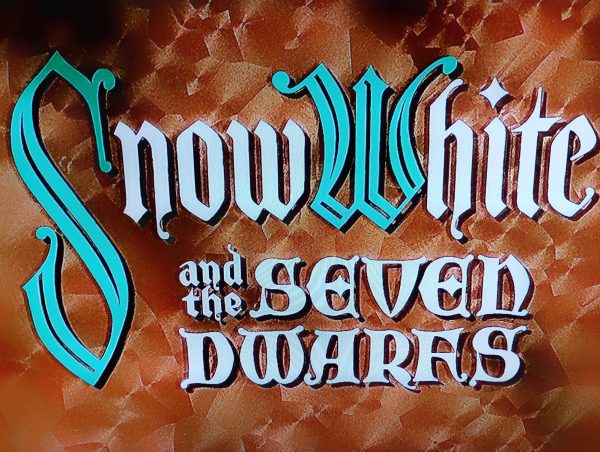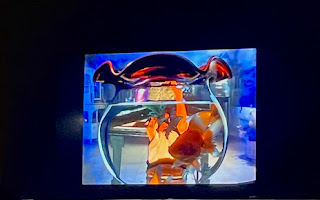The Rise of Rom-Coms
Romantic comedies provide a sense of comfort with the notion that everything works out in the end.
We are all familiar with the iconic genre of film, the beloved romantic comedy. For most, the genre combines a love for romance and wit, providing an enjoyable and comforting watch. Over the years, rom-coms have become one of the most popular genres of film. If you were to ask any of your family or friends, it is more than likely they have a favorite movie of this type. This popularity begs the question: how did rom-coms rise to the top of the charts?
The peak of rom-coms can be traced back to the 1990s and early 2000s. Films including When Harry Met Sally (1989), Pretty Woman (1990), and How To Lose A Guy In Ten Days (2003) — some of my personal favorites — were met with huge success. Pretty Women earned over $460 million worldwide, furthering people’s love for, well, love. My Big Fat Greek Wedding (2002), however, is known as the most successful rom-com of all time, earning $368.7 million worldwide with a budget of only 5 million.
Romantic comedies provide a sense of comfort with the notion that everything works out in the end. These films have the perfect balance of realism and movie magic. We see characters face everyday issues that many of us have experienced, showing the audience that we are not alone in our struggles. Nevertheless, no matter the obstacle, we are able to get through it with the thing most prevalent in the human experience: love. Not only romantic love but love for jobs, friends, families, the world, and whatever else our protagonist may find solace in. However, most romantic comedies have enough hints of movie magic that we find our minds drawn away from our everyday lives. Whether that be metaphorical magic like fate or actual magic such as time traveling fairy dust seen in 13 Going on 30 (2004), we are transferred to a world where everything will be okay.









